Big drop in tuition and aid is boosting Colby-Sawyer
|
Published: 04-24-2024 1:30 PM
Modified: 04-26-2024 9:02 AM |
One year after it made a radical change to how it charges students by slashing both tuition and financial aid, Colby-Sawyer College’s president says the benefits seem to be outweighing the risks, indirectly helped this year by problems with the federal FAFSA program.
“It’s really encouraging. The number of deposits that we have right now for first-year students is higher than last year, even without aid,” said president Susan Stuebner. Applications for the coming year are up about 12% from last year and acceptance up 19%.
As for the financial impact: “We’re not sure yet on our net revenue for student basis where we’re going to land. I think we’ll find out a little more this fall. ”
Starting this academic year Colby-Sawyer, which has been a college for almost a century, slashed undergraduate tuition by 62% to $17,500, less than half the rate of similar private colleges in New Hampshire. At the same time, it greatly reduced the amount and type of scholarships and other aid that it offers.
Because so many students had received so much aid, the school says the average undergraduate spends roughly the same amount on tuition now as they would have spent previously – but, importantly, the cost is more obvious up front. That transparency, known as a “tuition reset” in the industry, is designed to attract parents who didn’t realize that relatively few students pay a college’s advertised tuition price once financial aid is factored in.
“Campus visits are up dramatically. And anecdotally what I can tell you is I feel more families are having conversations with us, or at least we’re on the list for them, because of it,” said Stuebner. “We have had a number of families tell us in the admission office, visiting (college) fairs at high schools, that the lower price was one of the reasons that they engaged with us in the first place.”
Selling the benefits of the transparency to next year’s entering class was accidentally made easier by ongoing problems with FAFSA, the federal financial-aid form that was redesigned this year. Its release was delayed three months and has been filled with errors, often derailing completion.
FAFSA is used to show if families are eligible for federal financial aid or various state aid and scholarships, information that colleges need before they can offer aid packages. These problems have left families uncertain how much different schools will cost them at a time when many students are deciding where to go in the fall.
Article continues after...
Yesterday's Most Read Articles
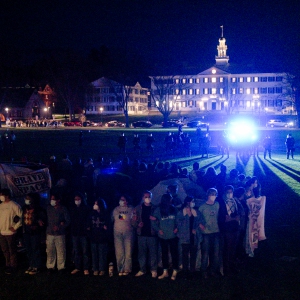 Update: Reactions for, against the more than 100 arrested at Dartmouth, UNH
Update: Reactions for, against the more than 100 arrested at Dartmouth, UNH
 Franklin police arrest man after accidental shooting Wednesday
Franklin police arrest man after accidental shooting Wednesday
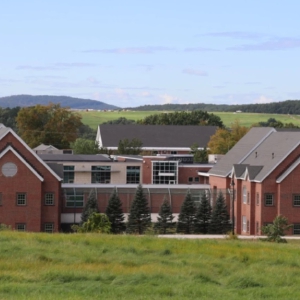 Opinion: New Hampshire, it’s time to acknowledge the stories of suffering
Opinion: New Hampshire, it’s time to acknowledge the stories of suffering
 Baseball: Merrimack Valley now 6-1 following wild game at Pembroke Academy
Baseball: Merrimack Valley now 6-1 following wild game at Pembroke Academy
 Food insecurity on the rise in N.H.
Food insecurity on the rise in N.H.
 Concord High graduate leads Pro-Palestine protests at Brown Univeristy
Concord High graduate leads Pro-Palestine protests at Brown Univeristy
That’s not a problem at Colby-Sawyer.
“Our financial aid team has been able in a much more transparent way to talk with families about: OK the tuition price is $17,000 and a little more for next year … here’s how much merit you received; if eligible for PELL Grants that takes it to here; if you use student loans, that will take it to here,” said Stuebner. For other schools, she said, “Without having a complete picture of what your total aid will be, it’s hard to know how much (tuition) will be.”
Last fall the publication Inside Higher Ed counted more than 70 colleges and universities which have performed tuition rests in the past decade, dropping their tuition and the amount of aid. An analysis through 2019 found that the change did little to increase long-term enrollment overall but regional institutions, like Colby-Sawyer, did better than schools with a national reputation.
Stuebner knows the reset is no panacea. Colby-Sawyer is facing a continuing decline in the number of graduating high school seniors in New England, people who have long made up the bulk of its enrollment.
The school currently has a little over 700 undergraduates on campus, half the figure of a decade ago. From a financial point of view this isn’t as bad as it sounds since all those extra undergrads didn’t necessarily translate into more revenue because of the high “discount rate,” the industry term for how much of a student’s tuition is covered by grants.
The decline in high school graduates is potentially fatal for a small private college that is heavily dependent on tuition income and is a large part of the reason for Colby-Sawyer’s tuition reset as well as other changes it has made.
In recent years the school has boosted graduate enrollment and now has five programs with an emphasis on health, as well as professional programs to provide bachelor’s degrees to nurses. This fall it will open a $19 million health sciences building in conjunction with Dartmouth Health that will include a nursing simulation center plus anatomy and physiology classrooms.
The school opened an athletic pavilion last year, as sports is increasingly seen as an important lure for enrollment.
“At this point we are cautiously optimistic that we are going to at least meet our goals for next fall, if not exceed them,” said Stuebner.

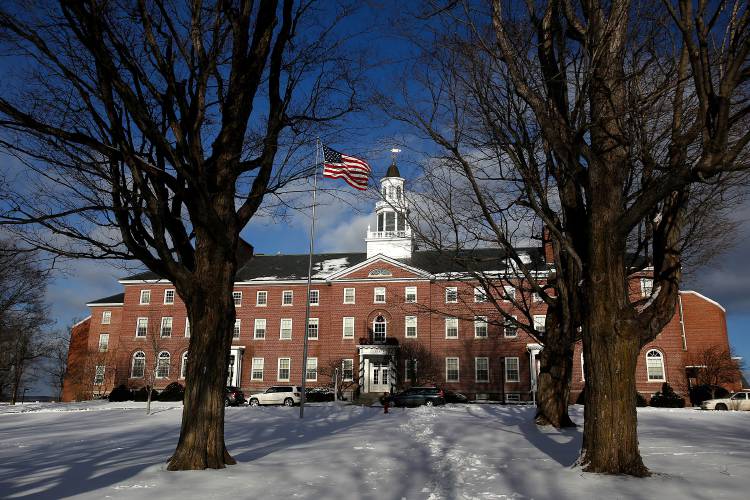
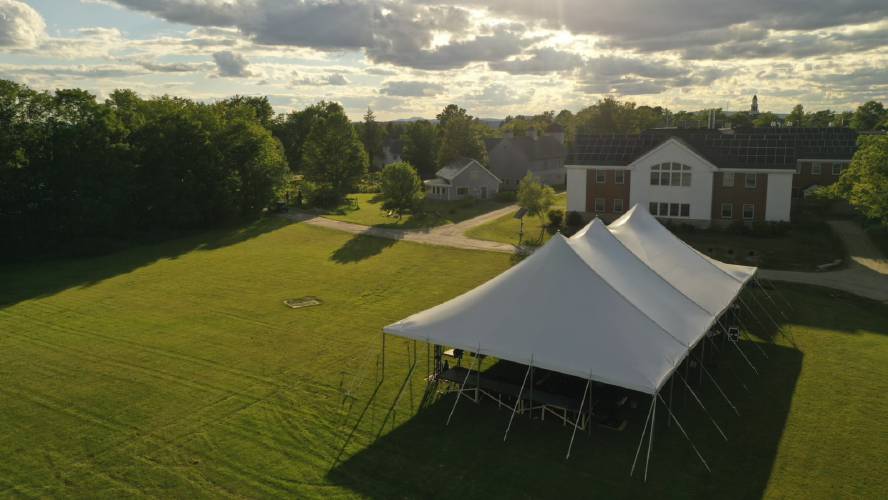

 New Hampshire jury finds state liable for abuse at youth detention center and awards victim $38M
New Hampshire jury finds state liable for abuse at youth detention center and awards victim $38M Jurors hear closing arguments in landmark case alleging abuse at New Hampshire youth center
Jurors hear closing arguments in landmark case alleging abuse at New Hampshire youth center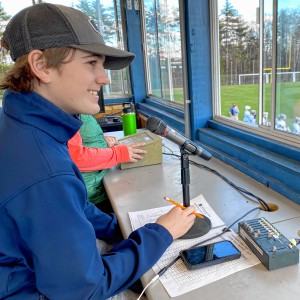 Voice of the Pride: Merrimack Valley sophomore Nick Gelinas never misses a game
Voice of the Pride: Merrimack Valley sophomore Nick Gelinas never misses a game
